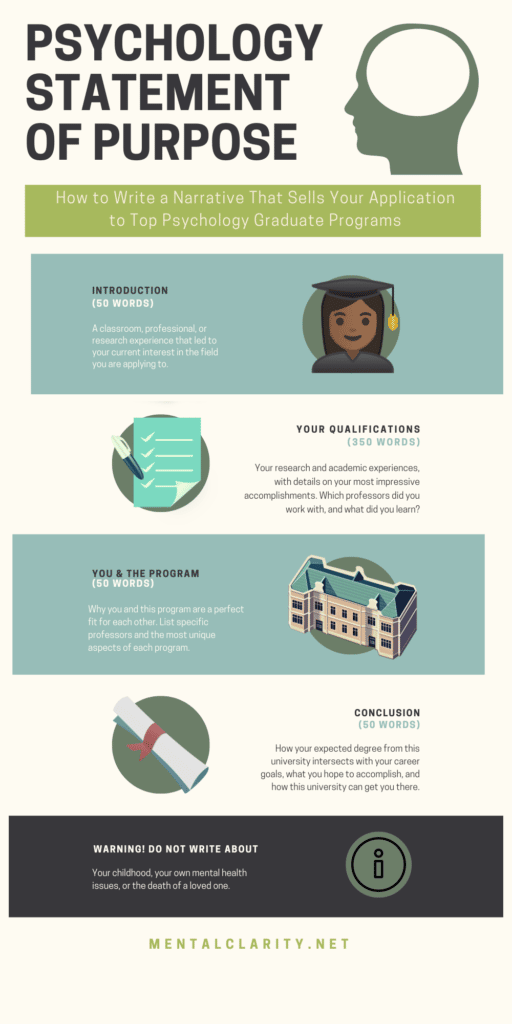
Even if you’re an undergraduate or early-stage grad student who doesn’t think you need a website yet, having a professional website will help your career at any stage. If you’re applying to jobs or to graduate programs, you can count on decision makers (and even those who are just curious about you) to search for your name.
Searches for Your Name
Most people who are looking you up will try to give context to their search term, such as searching [Your Name] + [City], [Your Name] + [School], or [Your Name] + [Employer]. Having your own website that includes your professional or academic affiliations ensures that you will be the most likely search result to come up for your name. Having a better targeted site will prevent someone with the same name as you showing up higher in the search results, especially if their own profiles or website involves something unprofessional and you want to make it clear to searchers that this person is not you.
Sections of Your Website

You can have more sections on your website and as much content as you want on it, but at least start with these sections (or make them separate pages) to have a complete and professional academic website.
Biography
This is where you can elaborate on who you are, where you come from, and what you’re doing now. You can add some personal information here, like fun opinions or hobbies. Make sure to list all the colleges and universities you’ve attended, and list past employers if they were relevant professional positions. It should go without saying, but it’s best not to bring up anything political or religious.
Research Interests
A quick list of 3-5 topics will allow visitors to quickly understand what areas of research you are in and “classify” you mentally. You don’t need to be too specific with your descriptions, but also stay away from general statements about how you love every topic in psychology.
Publications
Include citations or descriptions of journal publications, textbook chapters, poster presentations, and/or talks you’ve given.
For presentations, you can link to a PDF of the final poster if you want. The poster was presumably available publicly at some point if you presented it at a conference, so as long as you haven’t found mistakes since then, you can let others download the poster.
Linking to academic articles and chapters is a little trickier. There are mixed opinions about whether you should post your published articles or chapters on your website. Although the journal publisher will likely not contact you to take the articles down, the publisher technically owns the final, formatted version. The best compromise is usually to upload the final, accepted manuscript, which most publishers allow. Consider contacting your co-authors to ask if they mind if you do this.
Headshot
A simple headshot of you in business casual attire (meaning in a blouse or button-up shirt, with or without suit jacket or blazer) makes a huge difference in making you appear both professional and approachable. Add the photo either in the sidebar or on the first page of your website. You can probably get a headshot taken at the career center at your college or university, but if that’s not an option, ask a friend with a good camera to take a photo of you from the shoulders up in front of a plain (but not white) background.
CV/Resume
Some people write out their full resume on a CV page on their website; others create the page and just add a PDF or DOC link for visitors to download along with a brief description of what the file is (e.g. “Lastname CV as of MM/YY”).
If you are associated with professional organizations (such as APA or APS), list those on this page or in your biography section.
Links to Other Profiles
On your website, link to your other social media profiles that you use professional identities on. You should definitely have a LinkedIn account, and you should consider setting up a profile on academia.edu, which is a professional networking site focused on academics, and on researchgate.net, which focuses on making research papers and chapters more accessible and offers a place for researchers to ask each other questions.
How Do I Make a Website?
To have a functioning website that is accessible to the public, you need two things.
- The domain name (the URL you type in to get to the website, like “psychologygrad.com”)
- The hosting (what service is storing the files and information on your website and making them publicly accessible)
Free Hosting and Domains
There are other free hosting/domain options, but one of these three should meet your needs. There’s a reason they’re the most popular.
- WordPress is the biggest player in the game. It provides both a subdomain and hosting. If I had a free domain name through WordPress, the URL would be “psychologygrad.wordpress.com” (which doesn’t exist, because I don’t use WordPress for hosting).
- Weebly* is becoming a more popular option for creators who want websites that are a little prettier and/or more complex, with more content. They have a free plan just like WordPress does.
- Blogger is a similar option to WordPress, and although it’s not nearly as popular as it once was due to WordPress’s rise to stardom, it may be worth a look if you’re only considering free options.
Because these are free services, there are limits on what you can upload, your site’s design, and in general how much control you have over your site. If you don’t mind those limitations and don’t need your own top-level domain name, consider starting with one of these. You can always upgrade if you want more control or features in the future.
Paid Upgrades
On WordPress, you can purchase premium themes for about$30 each and/or upgrade to a paid plan. The most basic paid plan is currently $8/month, which includes a domain name, and the next step up that gives you even more control and features, is currently $25/month. Weebly also offers upgraded plan options, with the cheapest being $5/month and providing a domain name.
Paying for Your Own Hosting and Domain
Buying your own domain name + hosting may be the less expensive option in the long term than going through paid upgrades, if you want complete control over your website and domain name.
- Bought on their own, domain names are about $12/annually (Namecheap* and GoDaddy* are some of the most popular providers) without any upgrades.
- Basic web hosting can be about $5-10/month for many hosts, although you’ll probably have to pay for a full year up front. I’ve used Bluehost* for over a decade with no complaints.
A customer service agent through your web host should be able to walk you through directing your new domain name to your new website (again, Bluehost agents have always been quick and helpful when I’ve needed them) if you’re having problems. Weebly has its own content management system (CMS), but if you’re not going through Weebly, I highly recommend installing WordPress. It’s free, and a shockingly large percentage (right at a third) of websites currently use it as their CMS.
Conclusion
Setting up an academic website can be as straightforward and cheap (or free) as you want, or you can pay a little more for complete control over your site. Even a simple academic website using a free provider that has your photo, bio, and list of research interests will make you appear more professional and easier to find online, and it will offer an easy way for others to understand who you are as a student and/or researcher.
* Are affiliate links




